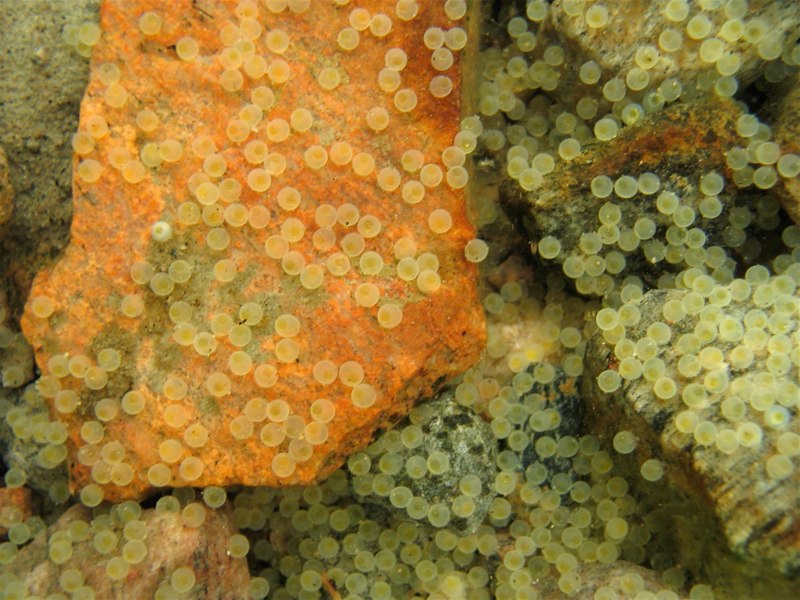 |
| http://www.maine.gov/ifw/fishing/species/identification/images/largemouthbass.jpg < image reference at this link. |
This type of bass is one of the most sought after by fishermen in the regions that it inhabits, so really is a worthy animal to the country.
 |
| http://hookitfishit.com/wp-content/uploads/2014/08/BFUSA-bass-fishing-14.jpg < image reference at this link. |
The fish usually inhabits lakes, slow moving streams, rivers and reservoirs.
The Bass gets its comical name due to of course, the size of its mouth.
 |
| http://www.globalfishmounts.com/v/vspfiles/assets/images/large%20mouth%20bass1.jpg < image reference at this link. |
 |
| http://finefishart.com/images/Buzz%20Off%20Largemouth%20Bass.JPG < image reference at this link. |
Once the eggs are hatched, the male leaves, and the fish remain in the nest for 1 more week.
 |
| http://bioweb.uwlax.edu/bio203/2010/hetke_dust/repro3.jpg < image reference at this link. |
Once they reach their adult size, they have few predators, the most threatening one once they reach this stage is the Human.
http://www.fcps.edu/islandcreekes/ecology/largemouth_bass.htm
Thomas.
No comments:
Post a Comment